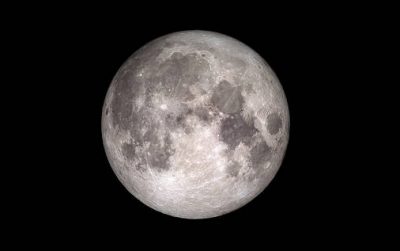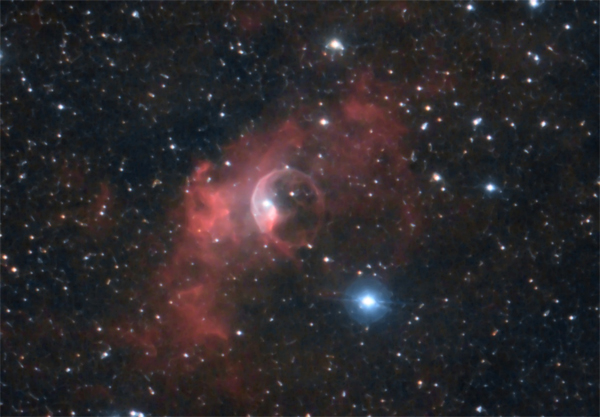Reprinted from the Island Free Press
The evening of Tuesday, Dec. 13, will feature the last supermoon 2016.
Supporter Spotlight
A supermoon happens when a full moon, or a new moon, coincides with the moon making its closest approach to the Earth in its elliptical orbit. This supermoon will not be quite as spectacular as November’s full moon, but it will still be bright. December’s full moon will have a visual magnitude of -12.5 – bright enough to throw shadows.

The brighter an object appears, the lower its magnitude value. The sun’s magnitude is -27.
Unfortunately, the supermoon will also make it super hard to get a look at the Geminids meteor shower. The Geminids peak on the morning of Dec. 14. Normally, an observer might see 120 shooting stars per hour, but the full moon will probably reduce this year’s visible meteors to about 10 to 20 per hour.
The supermoon will not interfere with the Ursid meteor shower. It will peak in the early morning hours of Dec. 22 and feature about 10 meteors per hour. The shower appears to originate from Ursa Minor. Ursa Minor – the Little Bear – contains the Little Dipper and the first star in the handle of the Little Dipper is Polaris, the North Star, so it’s pretty easy to get a handle on where to look for this meteor shower.
Another nice feature of the Ursid shower is it ends on Dec. 23 so it won’t interfere with any children (or parents) who want to keep an open eye out for flying sleighs on Christmas Eve.
Supporter Spotlight
December began with Mercury, Venus and Mars visible in the evening skies. Mercury will be closest to the western horizon early this month and disappear from view shortly after dusk. Venus begins the month fairly high and bright in the southwest sky with Mars appearing higher and more to the south-southwest. Neptune and Uranus are also present in the night skies, but you need a telescope to get a good view of them.
Jupiter will be visible in the pre-dawn skies near the eastern horizon. It rises in the east about 2:27 a.m. on Tuesday, Dec. 6.
The bright star Capella will be visible slightly above the northeast horizon as soon as the skies begin to darken. Capella is the sixth brightest star in the night skies. Capella is a Latin word that means “the little she-goat.” If you look slightly south of Capella, you should be able to spot a group of three fainter stars. They are called the “kids.”
November Highlights
The biggest sight in November’s night sky was the supermoon of Nov. 14. This was the closest the full moon had been to the Earth since 1948. We will not see another comparable super moon until 2034.

The clear skies of November also gave me a unique astrophotography opportunity. I was able to get a decent image of the Bubble Nebula. This faint emission nebula is 1,400 light years away and has a visual magnitude of +11. It is located in the constellation Cassiopeia.

I also got a fairly good shot of the Pacman Nebula. For those of us who were around in the ’80s, the reasoning behind the name is pretty obvious. If you’re too young to remember the video game, you might want to try Googling “Pac Man.” The Pacman Nebula is 4,000 light years away and has a visual magnitude of +7.4. Like the Bubble Nebula, it is found in the constellation, Cassiopeia.

Since I have been focusing on Cassiopeia, here is another object from that area of the sky, the Owl Cluster. The Owl Cluster has a visual magnitude of +6.4. It’s 7,900 light years away.
Moon Phases
- First Quarter: Dec. 7
- Full moon: Dec. 13
- Last Quarter: Dec. 20
- New moon: Dec. 29
This story is provided courtesy of the Island Free Press, a digital newspaper covering Hatteras and Ocracoke islands. Coastal Review Online is partnering with the Free Press to provide readers with more environmental and lifestyle stories of interest along our coast. You can read other stories about Hatteras and Ocracoke here.







